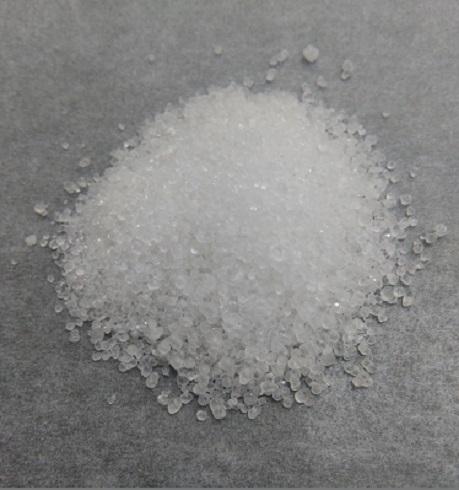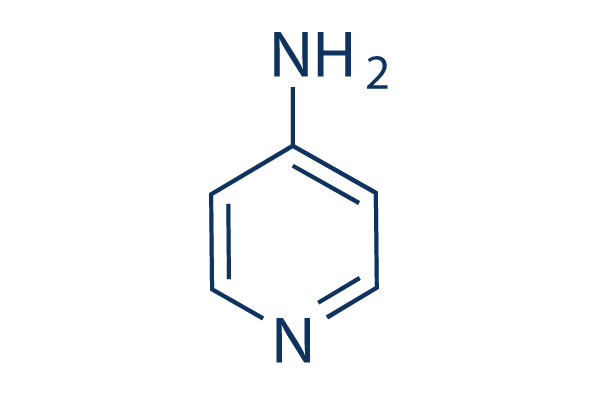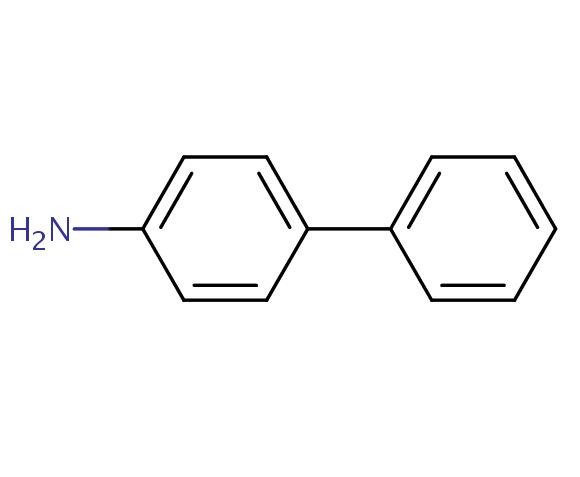Toxicity of 4-Aminopyridine
In the 1960s, avicides were developed to kill or repel the birds that destroy crops and grain, ruin the look of beautiful buildings and monuments, and are hazardous to airplane flights.4- Aminopyridine (4-AP) was developed by the Phillips Petroleum Company and marketed in 1963 as an avicide under the name Avitrol. Avitrol has also been used as a bird repellent. Currently, it is a product of the Avitrol Corporation (Tulsa, Oklahoma, USA).
Avitrol is the most popular avicide that is registered at the US Environmental Protection Agency for the control of certain pest birds that feed on cattle feedlots, field corn, wheat, sorghum, sunflowers, peanuts, pecans, grain, feed processing plants, etc. In recent years, the use of Avitrol has been banned in many cities of the United States, including New York, San Francisco, and Boulder, because of its toxicity to nontarget species. Many incidents of Avitrol poisonings have been reported in birds, and domestic, wild, and zoo animals. Secondary poisoning is very common in nontarget birds and dogs. Avitrol has been involved in many suicidal cases. Currently, 4- Aminopyridine is a compound of significant interest, because it is therapeutically indicated in neurological diseases such as multiple sclerosis. As an experimental compound, 4- Aminopyridine is used as a K+ channel blocker, Ca2+ activator, and apoptosis inducer.

Use
4- Aminopyridine is commonly marketed as Avitrol to control the overpopulation of certain birds, including pigeons, red-winged blackbirds, blackbirds, cowbirds, grackles, sparrows, starlings, gulls, and crows. However, its use for controlling birds has been criticized by the Humane Society of the United States. 4- Aminopyridine has received much attention because of its application as a pharmacological drug in neurological diseases, and as an experimental K+ channel blocker, Ca2+ channel activator, and apoptosis inducer.
Mechanism of Toxicity
4- Aminopyridine produces toxicity through multiple mechanisms. At toxic
doses, 4- Aminopyridine blocks voltage-sensitive K+ ion channels and
increases acetylcholine levels at the synapses and neuromuscular
junctions. This results in hyperactivity, convulsions, and seizures. 4- Aminopyridine also causes excess methemoglobin formation,and methemoglobin is unable to carry oxygen to the tissues,
thereby causing respiratory distress. Death occurs due to cardiac
and respiratory arrest. Because 4-AP blocks voltage-sensitive K+
channels in neurons, it has the capacity to enhance action
potential conduction in demyelinated tissue with therapeutically
beneficial results.
Environmental Fate
4- Aminopyridine is adsorbed to soil particles and is moderately persistent in the environment. It has been reported to be slowly metabolized by soil microorganisms. The rate of disappearance varies with the organic content of soils, and the disappearance halftime has been reported to range from 3 to 32 months. Movement from upper soil layers is thought to be minimal due to strong soil adsorption, and the compound is not expected to represent a significant threat to groundwater.
Related articles And Qustion
Lastest Price from 4-Aminopyridine manufacturers

US $1.00/KG2025-04-21
- CAS:
- 504-24-5
- Min. Order:
- 1KG
- Purity:
- 99%
- Supply Ability:
- 10 mt

US $1.10/g2025-04-17
- CAS:
- 504-24-5
- Min. Order:
- 1g
- Purity:
- 99.0% min
- Supply Ability:
- 100 tons min


